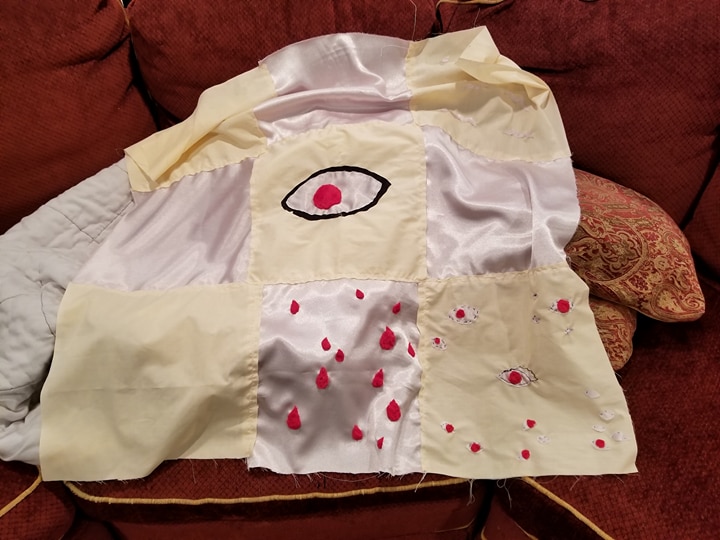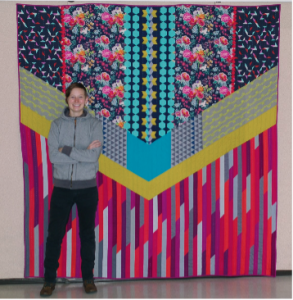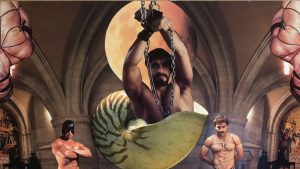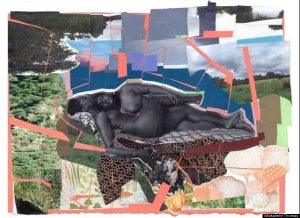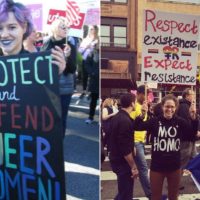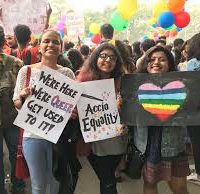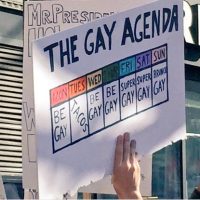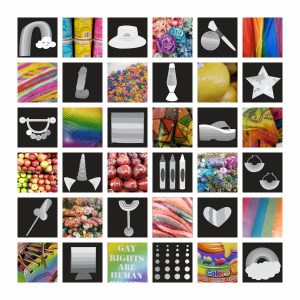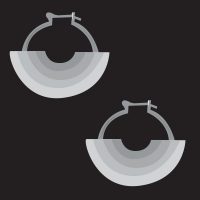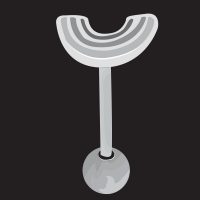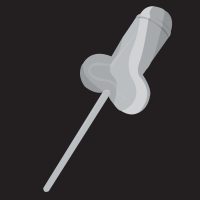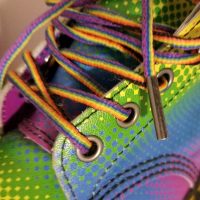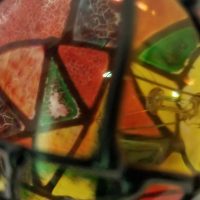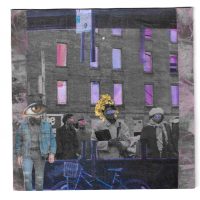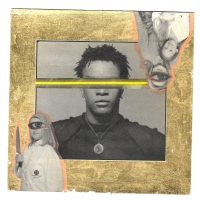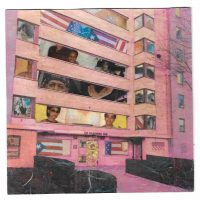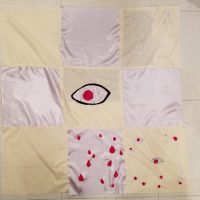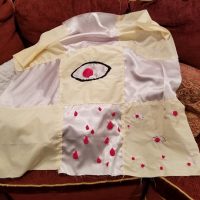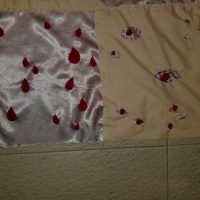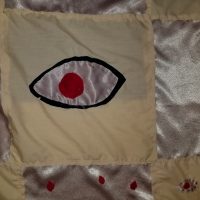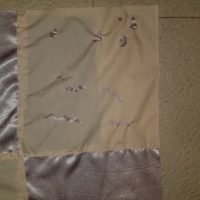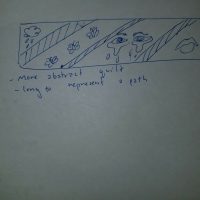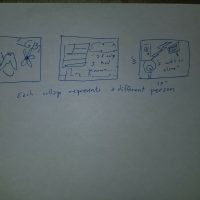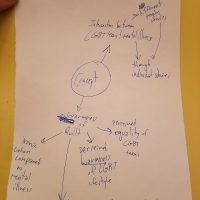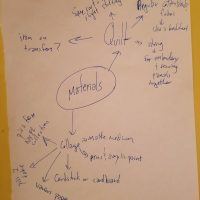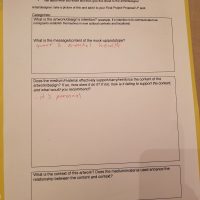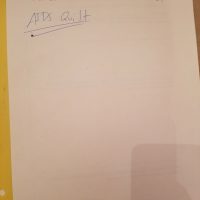Topic I’ve been exploring in Studio: Societal pressure/biases on and against LGBT+ youth
Topic of my research paper in Seminar: The way that viewing heterosexuality as the norm damaged LGB teens (in the form of increased depression, anxiety, and suicide rates)
Three questions that address your research topic:
- How can we make LGB voices more heard in fine arts? (How can I tell the stories of LGB teens through fine art? )
- How can I show the struggle of being LGB in a way that doesn’t make it look like being LGB is something tragic? How can I show the warmer side fo being LGB?
- Is showing the warmer side of LGB life roo contradictory to my point that LGB teens are more likely to struggle with mental health and attempt suicide? Is the fact that they’re contradictory a bad thing?
Side Question: How do I focus on LGB not LGBT without people thinking I’m trying to erase the T from LGBT? Will people understand the distinction I’m making between gender expression and sexuality?
External Resources:
- Anna Boenish
Anna Boenish is both an amazing quilter and queer individual. She is very proud of her queer identity and sometimes expresses it through her quilts. She is open about her beliefs and believes that people need to work harder to support LGBT+ youth, especially since so many of them don’t feel safe at home or are homeless.
- Ingo Swann, “S & M School” (c. 1991–94), mixed media on board
“S & M School” by Ingo Swann is just one of many queer collages that the Leslie-Lohman Museum of Gay and Lesbian Art had as part of their exhibit on queer collages. The exhibition, Cut-Ups: Queer Collage Practices, was made up completely of collages by queer artists expressing their queer identities.
- Mickalene Thomas, Sleep: Deux Femmes Noires, 2011 mixed media collage,
Mickalene Thomas is another very oepnly queer artist who uses art to express her queer identity. “Sleep: Deux Femmes Noires” is just one fo her many mix medium collage pieces.
It was suggested by Elliot that I check out the work of Tracy Emin.
It was suggested by Brian that I check out the work of Dominique Palladino, specifically her quilts.
It was also suggested by Brian and Leo that I check out the AIDS quilt.
Brian also sent me http://www.artnews.com/2014/01/30/avant-garde-quilt-explosion/ as another source of quilt inspiration.
- Queen signs from Women’s March
- Signs from Delhi pride parade
- Another sign from the Women’s March
Image Sources:
https://www.dailydot.com/irl/lgbtq-signs-womens-march/
https://scroll.in/latest/857582/in-photos-people-defy-smog-to-participate-in-10th-annual-delhi-pride-parade
https://www.buzzfeed.com/skarlan/just-a-few-of-the-lgbt-signs-seen-at-the-womens-march?utm_term=.agVAybZmp#.vmWmLlV65
- My taxonomy, an exploration of LGBT representation and pride in everyday life.
Sources (some are from my Seminar bibliography):
The CDC on the health of LGBT Youth
The Trevor Project on suicide rates of the LGBT community
The worst states to be LGBT according to Rolling Stone
The best and worst places to be gay in America according to The New York Times
Research on medium and materials:
I want to do either a mixed medium collage or a quilt.
For the quilt, the materials would be traditional quilt materials (ie fabric and thread) and would likely be made by a mix of hand sewing, machine sewing (I have my own sewing machine), and embroidery. I have never made a quilt but there’s no time better than the present to learn how to make a quilt.
After talking to Brian and my classmates:
After talking to I decided that I want to focus on quilting, not collage but I feel that a quilt often ends up being like a fabric quilt so I don’t feel that there is much of a loss in choosing quilting over paper collage. I’ve never made a quilt but after talking to Brian and my classmates I feel that it will better capture my ideas and I can apply some of the techniques that I use in collaging to quilting (planning/design and research-wise)
One of the things that Brian said to me that I found most helpful was to take pictures of the people I interview and to record/document the interviews thoroughly. If I, later on, decide that I was to include wall text, pictures, or a sound element it will be incredibly helpful to have everything well documented.
Mock-up:
- Physical prototype on couch
My mock-up emphasized that I made the right decision in choosing quilting as the medium for my piece. It also helped me see that I desperately need to learn how to use my sewing machine because my mom’s sewing machine is on its deathbed. For the most part, I just experimented with various icons that I felt could, later on, lend themselves for the quilt some of those icons, like the red tears and the eye worked, while other like the lighter colors raindrops/tears and the waves did not work. It also showed that having a contrast between stitching that you can see and stitching that you can’t see may add another aspect to my quilt. The main thing that I need to change going forward is the quality of the sewing (this was, of course, lower than a final would be) and the way that I did the seams. I want the seams to be much cleaer for the final so that it will have more of a cozy, home-made feel to it and less of a firt-year art student vibe
Original design sketches:
Concept maps:
- Concept
- Materials
Worksheet filled out by Trudy:
- Front
- Back
Most of the feedback she gave me was verbal, along with some helpful feedback fron Brian and Leo.


